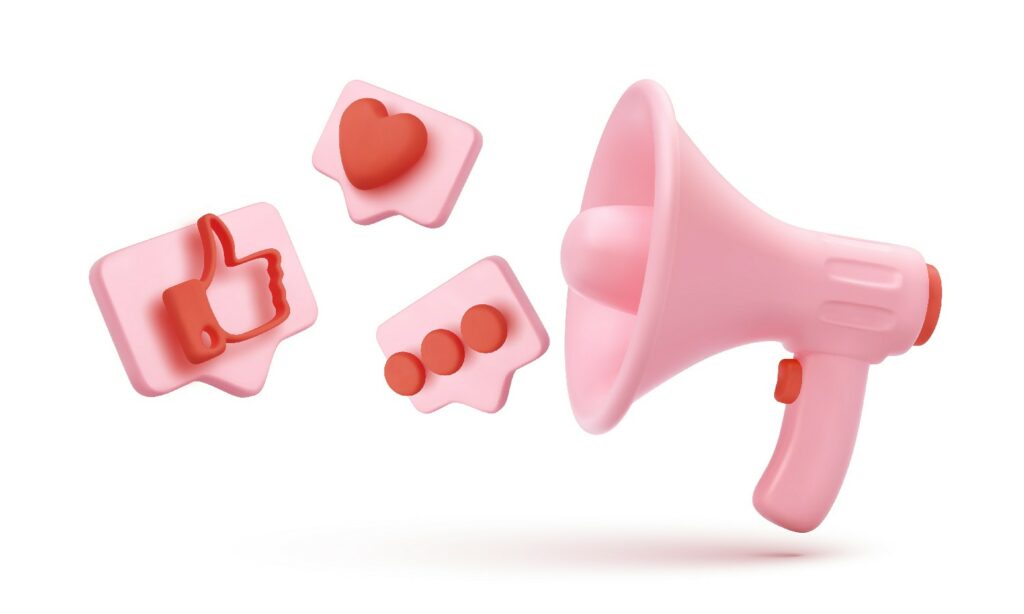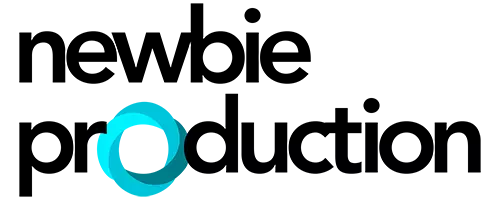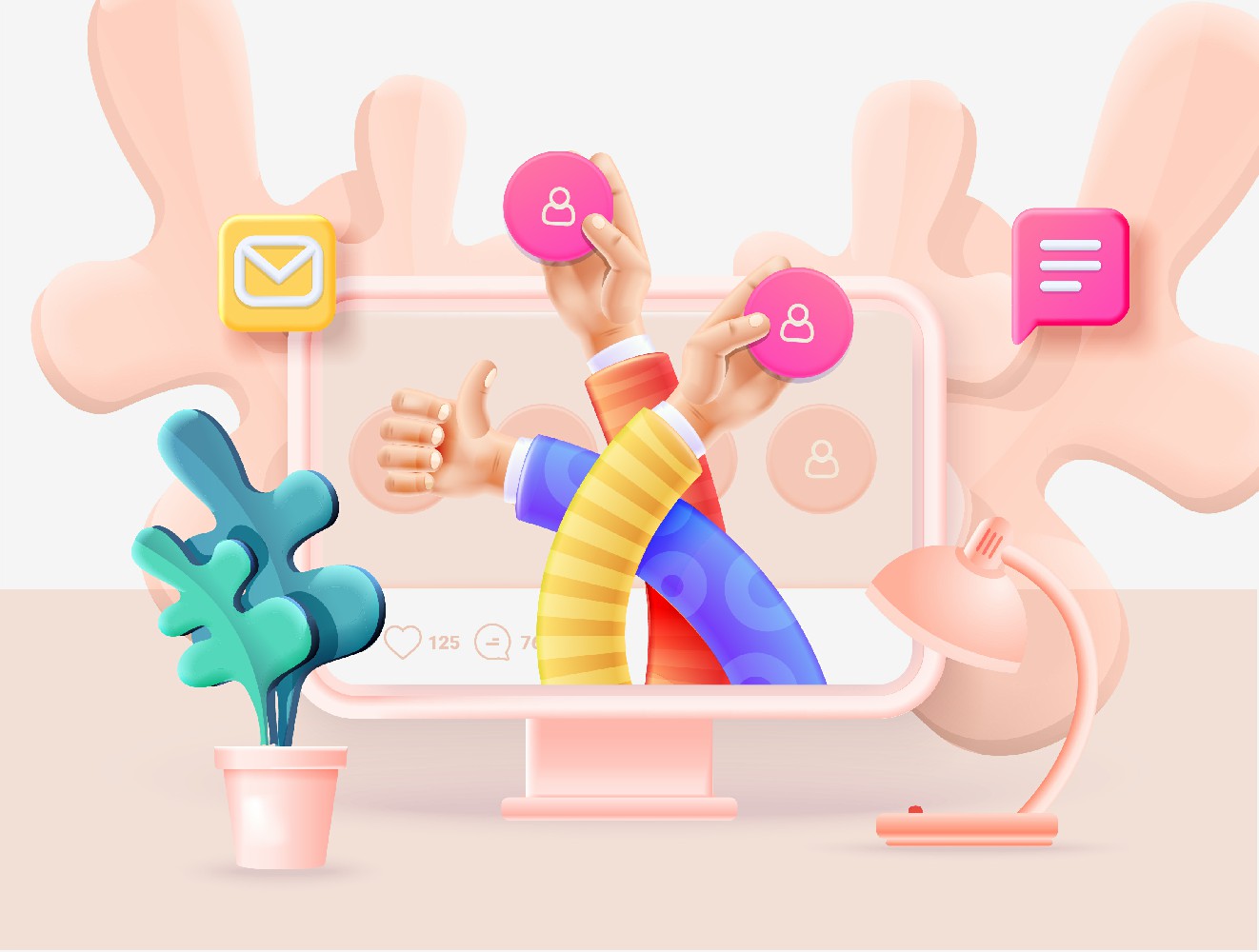2D graphics and 3D graphics are two powerful animation styles that shape how viewers experience digital content today. These days, the excitement threshold of the online audience is already higher compared to when they first saw two-dimensional computer graphics in the 1950s. People have been flocking towards better, more interesting, and more emotionally stimulating illustrations.
They love seeing more upgraded versions of motion graphics. This is why brands have also been urging their marketing teams to incorporate modern illustrations. If a company can optimize these upgraded illustrations to convey their brand’s message, they can surely capture people’s attention. It will even allow them to absorb the experience.

By now, you might be wondering what type of animation is more advisable to use? Is it 2D or 3D graphics? Which is more popular these days? Which is more efficient when it comes to conveying the right message to the consumers? In this article, we are going to answer all these questions.
2D and 3D Design: What are their differences?
First of all, neither 3D nor 2D graphics are better from an objective perspective. Both of them have their advantages and purposes. Mario 64, for example, needed three-dimensional animation because it utilized a three-dimensional game engine. However, the classic version of Mario doesn’t need a three-dimensional animator because its developer used two-dimensional art. But obviously, neither of those games is “less interesting” than the other just because of their graphic style. Both are great!
Technically speaking, 3D and 2D graphics are somehow different from each other. They differ when it comes to their creative methods and final outputs. On a basic level, two-dimensional graphics are only characterized by width and height. On the other hand, three-dimensional graphics are characterized by height, width, and most importantly, a depth layer which gives a realism element into the illustration.

With 3D graphics, pictures and videos become more realistic as it utilizes a three-dimensional geometric data representation that’s stored inside the computer to render 2D images and perform calculations. The final results can be stored for animation and viewing. Although 3D designs depend on plenty of similar algorithms as two-dimensional vector graphics and raster graphics, 2D applications will have to utilize three-dimensional techniques to obtain upgraded effects (like lighting).
Likewise, three-dimensional graphics may also have to utilize a few two-dimensional rendering techniques. Most people are familiar with how two-dimensional design is applied in traditional cartoon animations. 2D designs are commonly utilized in video games and animations, providing a flat yet realistic view of active movement on your screen.
Three-dimensional graphics also give a realistic appearance to videos and pictures. It allows viewers to see through spaces, gain a broader understanding of what is being shown, and notice the active interaction of shadows and lights. These modern and upgraded motion pictures work with our brain’s natural mechanism to explore and engage in what our eyes see and improve our worldview.
How do companies optimize 2D and 3D designs?
Companies utilize motion graphics to connect with, entertain, and educate people on a more profound level. By catching their audience’s interest and attention, brands can convince their viewers and allow them to absorb the message they’re trying to convey. Animation indeed emphasizes messages, allowing them to become more remarkable and relatable than merely reading text. Here is a summary of how companies can optimize the benefits of animated graphics.
- Interior tours that allow viewers to see things that may not be visible through the human eyes
- Virtual walk-through (such as interior designing companies remotely touring the client in their house)
- Demonstration animations that educate viewers about a process or procedure
- Diagrams showing a proper assembly
- Instructional and educational graphics like training videos
- Characters that represent businesses
- Animated company logos that flutter, bounce, flip, and twist
- Title captions, slates, and charts for commercials and promotional messages
There are also times when the mechanical aspects affect the comparison, such as the affordability of service and the budget of the company. One example is the film named South Park. The animation in this show is incredibly straightforward and is undeniably more expensive compared to its 3D counterpart.
On the other hand, a film entitled Frozen would have been extremely pricey if it was done in 2D due to the intricate details involved in the animation. So, there is nothing “better” in this particular comparison. The style companies and developers wish to obtain will come down to their artistic preference and perceive efficiency.
Certain techniques make the entire designing process easier, but when it comes to efficiency, affordability, usability, and profitability, it depends. So, if a company aims to create a new virtual tour, TV show, video game, or web series, they will have to decide which one of the two designs best suits their preference and industry better.


